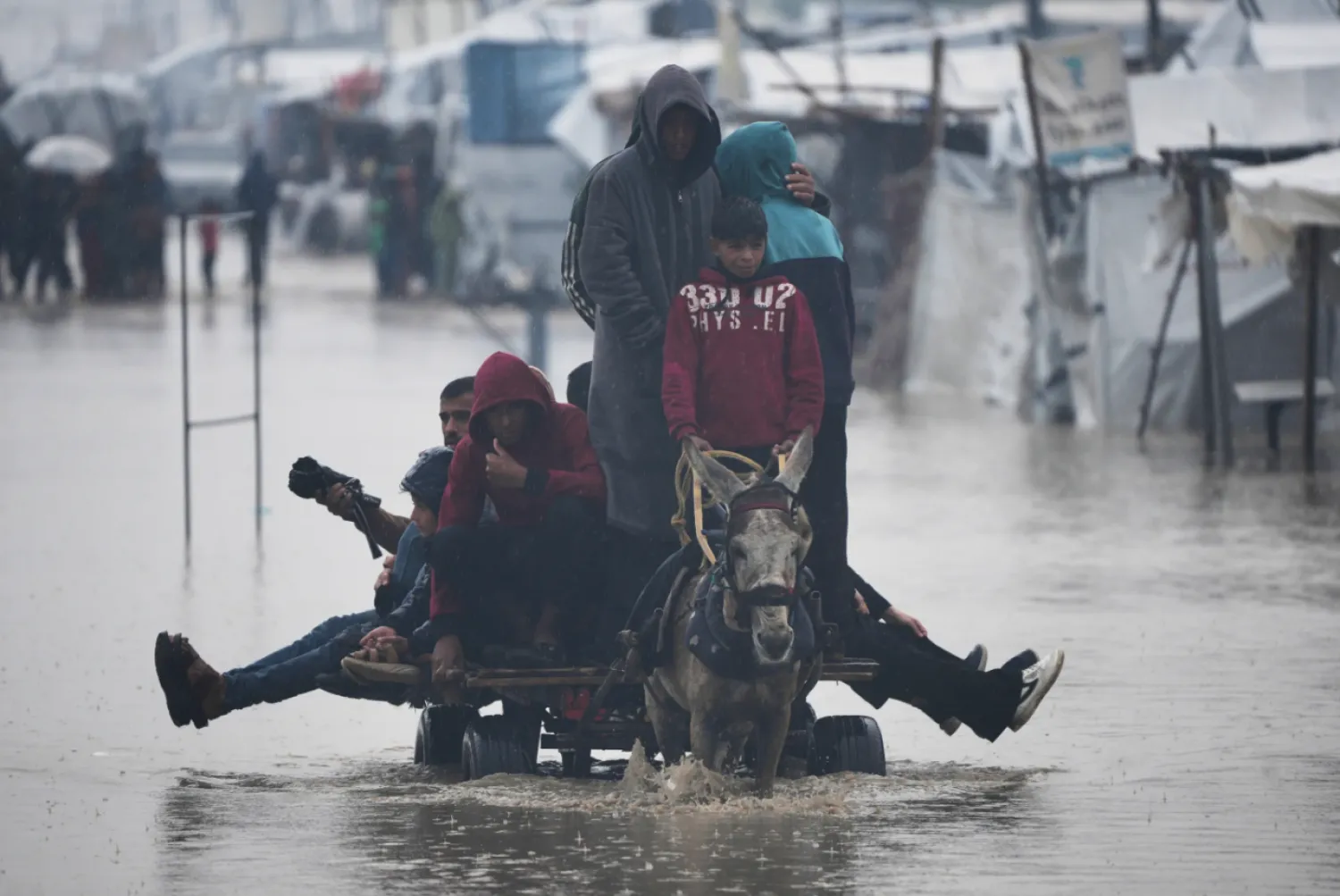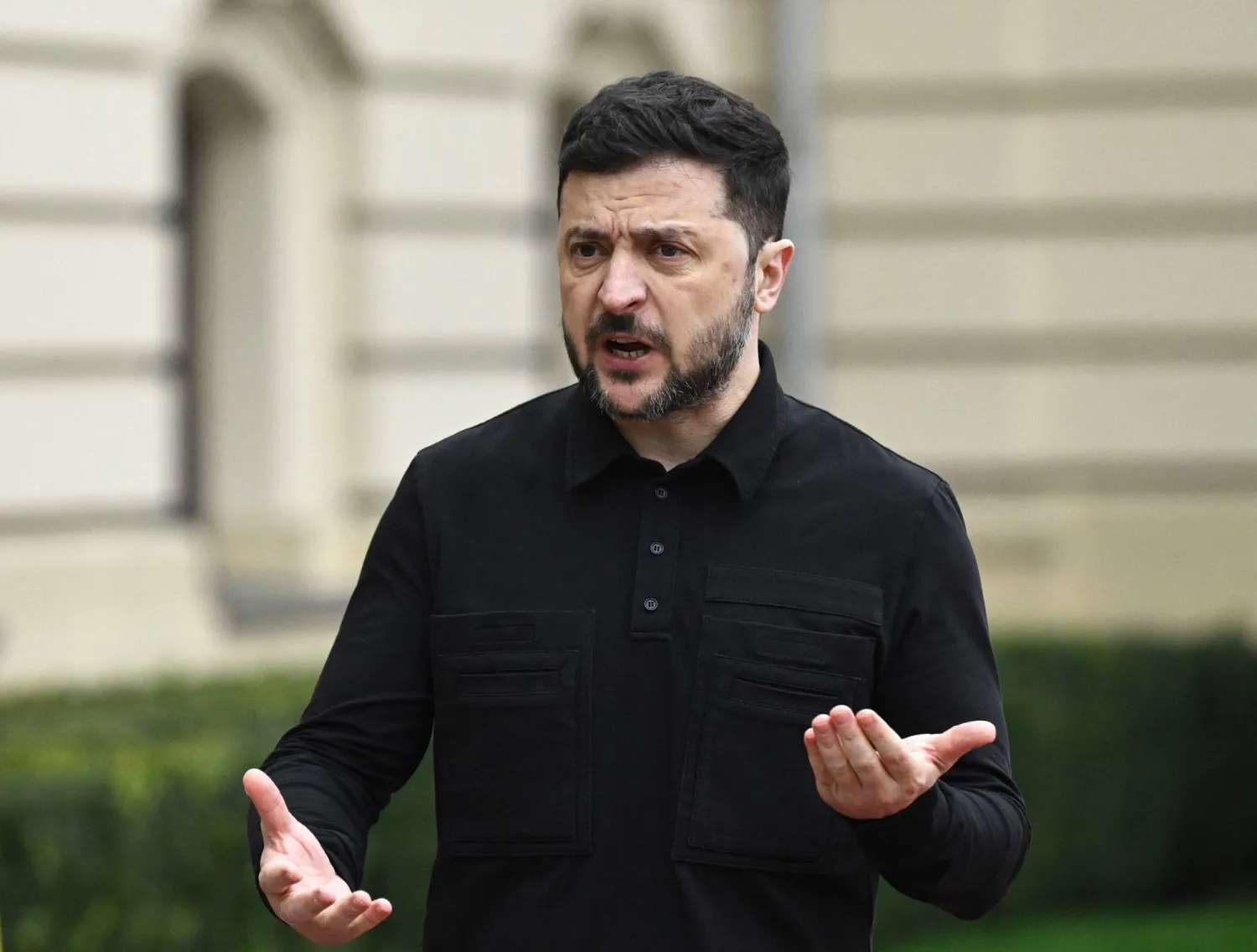“I swear to God, we will never harm you,” Ethiopian Prime Minister Abiy Ahmed pledged in 2018 from inside the Al-Ittihadiya Palace in Cairo. He made the pledge after Egyptian President Abdel Fattah al-Sisi asked him to reassure the Egyptian people that they would receive their fair share of the Nile’s waters.
However, it seems that these pledges came to nothing, as the negotiations in “good faith” that have been held between Egypt, Sudan, and Ethiopia over the past 11 years have not yielded a final agreement Egypt is comfortable with, pushing Cairo to return to the Security Council once again in protest of what it called “unilateral measures” taken by Addis Ababa.
The recent escalation was in response to Ethiopia beginning the third phase of filling the Grand Ethiopian Renaissance Dam (GERD) without the approval of neither Egypt nor Sudan. Egypt sent a letter to the UN Security Council calling on it to “meet its obligations in this regard” and emphasizing its “legitimate right... to take all necessary measures to ensure and protect its national security” and its “objection and complete rejection of Ethiopia continuation to fill the Renaissance Dam unilaterally without a deal.”
The statement signed by Egyptian Foreign Minister Sameh Shoukry then warned that Egypt would not tolerate any actions that threaten its rights or water security or any of the wealth belonging to the Egyptian people, whom it added see the Nile River as their only lifeline.
The dispute between Egypt and Ethiopia began after Ethiopia began building its dam, with Egypt worried that it could threaten its share of the Nile’s water. Meanwhile, Ethiopia claims that the GERD is necessary for the country’s development.
Over the past 11 years of negotiation, Cairo has insisted on resolving the dispute peacefully, initiating negotiations that led to Egypt, Sudan, and Ethiopia signing the Declaration of Principles Agreement in Khartoum in 2015. In a speech at the time, Sisi stressed that good faith and management are the foundation for any agreement.
However, it seems that this good faith was nowhere to be found, as Ethiopia continued to build the GERD, which the Egyptian Foreign minister referred to in his statement to the Security Council, saying that Egypt sought a fair and equitable agreement, but Ethiopia thwarted all the efforts to resolve the crisis.
As the negotiations between the three countries continued to falter after the Declaration of Principles Agreement, Cairo sought a strong mediator to apply pressure on Addis Ababa. It called on the US to meet with the three concerned countries in November 2019. However, the US-sponsored negotiations went on until January 2020 and ended with an agreement on six principles without ending the dispute, with Ethiopia not attending the signing, while Egypt signed and Sudan did not.
When Donald Trump left the White House, US meditation paused and the countries met for a new round of talks in the capital of the Democratic Republic of the Congo in April 2021. It was at this point that Egypt decided to ask the Security Council to get involved, but the latter replied that settling technical disputes on this matter is not among its duties.
African mediation did lead to the emergence of a legal settlement, and Addis Ababa continued to take unilateral actions that experts see as “an attempt to buy time as Ethiopia proceeds to fill and operate the dam.”
Sisi’s meeting with his US counterpart Joe Biden in Jeddah earlier this month announced the resumption of US mediation. In a joint statement, both men stressed the need to agree to a binding joint framework on the filling and operation of the GERD.
US Special Envoy for the Horn of Africa Mike Hammer then began a series of visits to Egypt, Ethiopia, and the UAE last Sunday. His round of visits will continue into August, but it seems that these US efforts have come too late, as, on July 26, Egypt received a message from Ethiopia saying it would continue filling the reservoir of the Renaissance Dam during the current flood season.
Speaking to Asharq Al-Awsat, Dr. Nader Noureldeen, a Water Resources Professor at Cairo University, said: “We had hoped that the US would take action before the third filling of the Dam’s reservoir. Now, we have to wait and see what this round of US and UAE mediated negotiations will come to.”
“Egypt engaging the Security now is an attempt to create a global lobby in solidarity with Egypt and pressure Ethiopia to resume negotiations,” he added. Though the UNSC resolutions are “nonbinding,” the international community is “sympathetic to Egypt and its opposition to Ethiopia’s insistence on building a massive dam that holds 75 billion cubic meters of water without coordinating with the downstream countries.”









